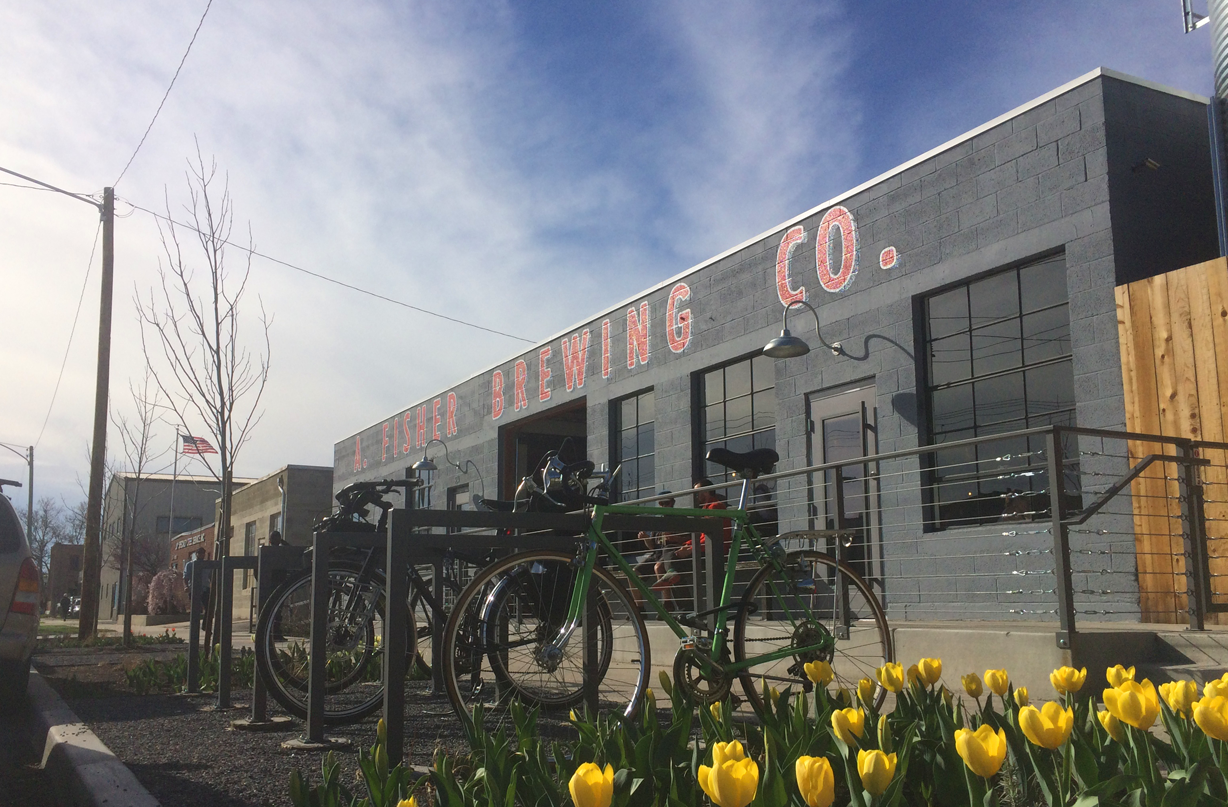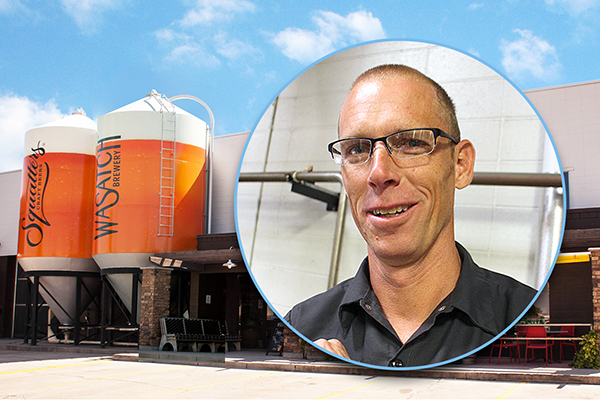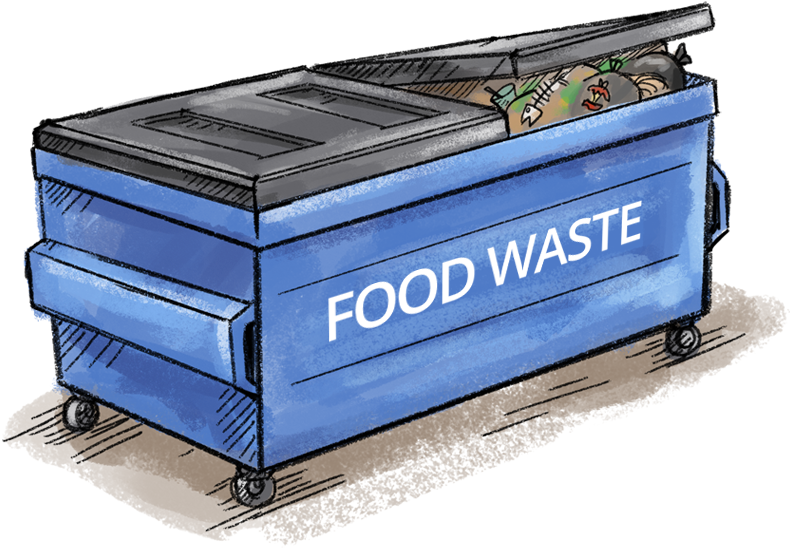Diverting Organic Waste to the Anaerobic Digester
 Step 1: Organic waste is separated
Step 1: Organic waste is separated
Source separated organic waste (SSOW) is placed in a designated collection container at your place of business. Food waste can be contained in plastic bags and/or packaging.
 Step 2: Collection and delivery
Step 2: Collection and delivery
Organic waste is collected by your hauler, transported to North Salt Lake and delivered to the Wasatch Resource Recovery facility.
 Step 3: Pre-processing/De-packaging
Step 3: Pre-processing/De-packaging
Organic waste is received at the facility and processed by a series of machines that will remove any contaminants or non-food material.
A. Grind
Organic waste enters a grinder where it is chopped into small pieces
B. Liquefy
Secondary water is added to the ground-up organic waste and mixed vigorously until it reaches a liquid state. By using secondary water, no potable water is used in this process.
C. Screen
The material passes through a rotating screen where any packaging or contaminants are washed free of remaining organic material and removed, while all organic material is fed into the digester.
 Step 4: Digest
Step 4: Digest
Organic waste in the digester is heated to aid the growth of microbes. These microbes break down in the organic matter, without the use of oxygen, resulting in biogas production.
 Product 1: Renewable Energy
Product 1: Renewable Energy
Biogas is captured and purified before it is converted into biomethane (renewable natural gas) and fed into the nearby gas pipeline and sold into the market as renewable “green” power. WRR will supply enough natural gas for approximately 40,000 people or 15,000 homes, a community the size of Bountiful, Utah.
 Product 2: Bio-based Fertilizer
Product 2: Bio-based Fertilizer
The remaining product is a nutrient-rich, carbon-based fertilizer used to grow crops.
Additional Info: Organic Waste Facts
Organic waste makes up nearly 30% of our landfills, which, if diverted, can result in considerable cost savings for businesses, institutions and service providers.
Organic waste can include fruit, vegetables, meat, bones, dairy, fats, liquids, raw food, prepared food, food processing waste, brewery waste, canned and bottled waste, etc.
Tipping fees for the Wasatch Resource Recovery Facility will be considerably less than the average landfill along the Wasatch Front.*
*Based on 7-8% contamination rate by weight.


























